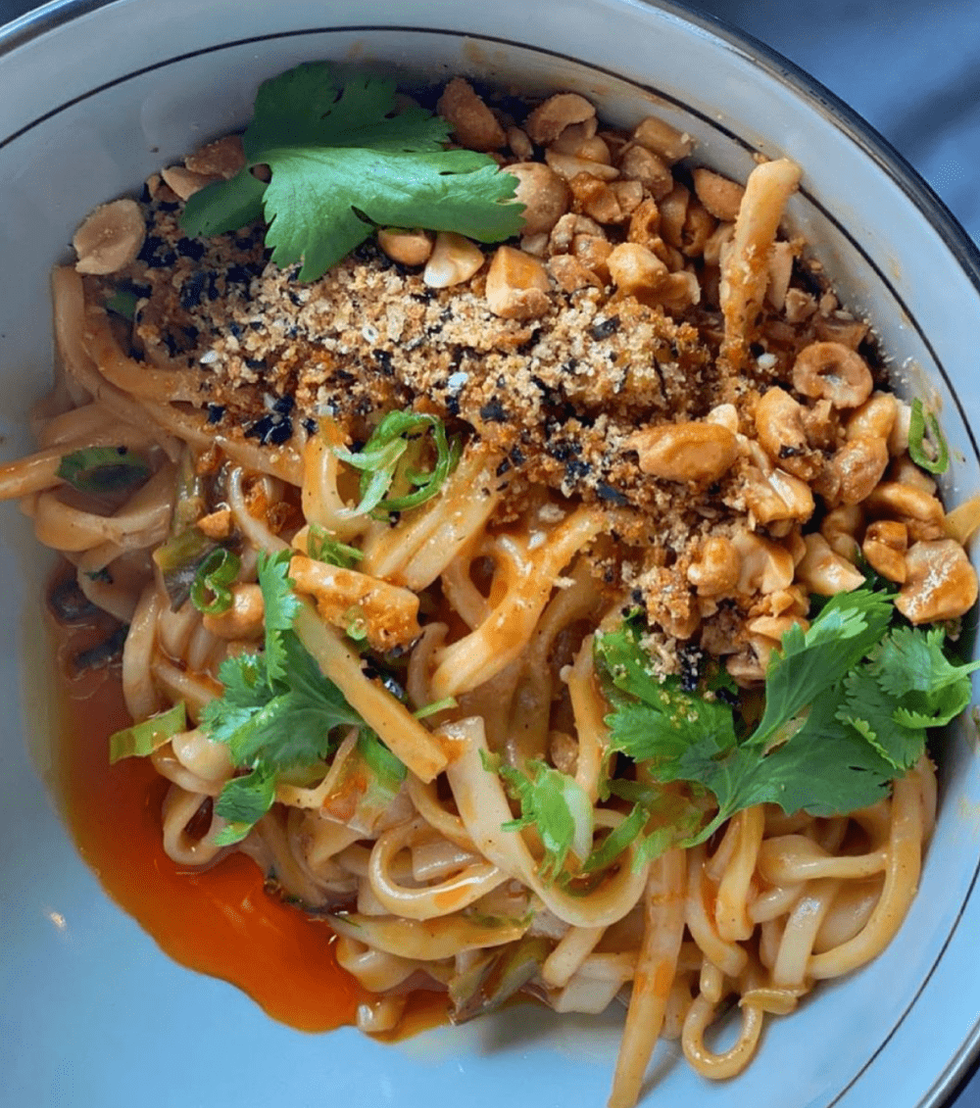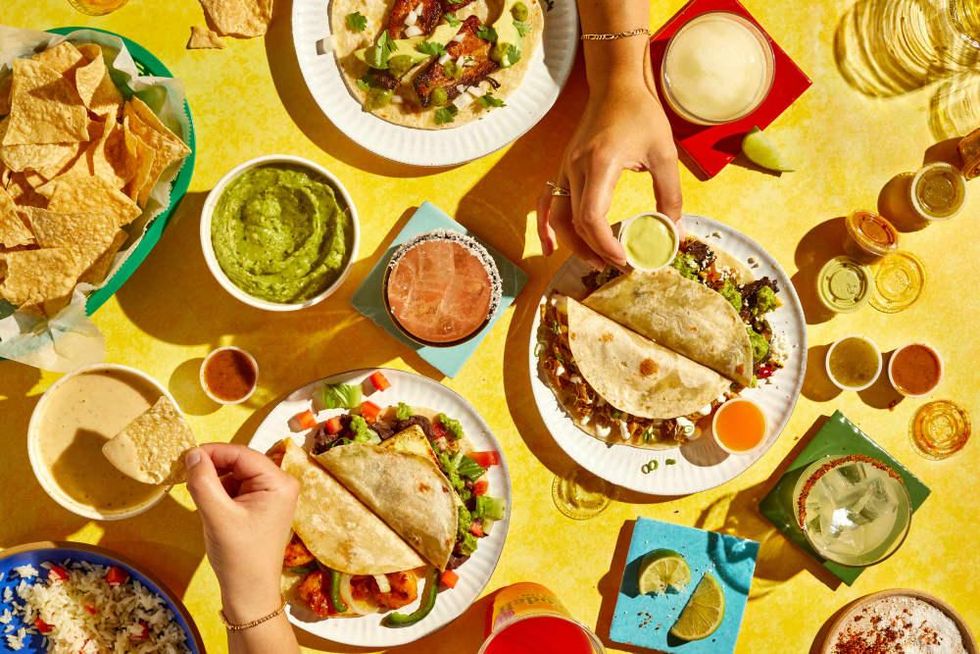Where to eat now
Where to eat right now: 3 neighborhood gems changing how Austin dines out

The signs are everywhere. The bar that serves Tyson Cole and Aaron Franklin’s Loro has a steady line. Kevin Fink can just as often be seen behind the counter at Fareground’s Henbit as his acclaimed Emmer & Rye. Barley Swine’s Bryce Gilmore is keeping it casual with his newly opened Sour Duck Market. And Olamaie’s Michael Fojtasek is set to do the same at the upcoming St. Elmo Public Market.
The reign of upscale New American restaurants is over. Long live haute fast casual.
The sea change was inevitable. Austin’s rising costs, including astronomical commercial rent, have made ambitious projects riskier than ever. Retaining a knowledgeable front-of-house has become a blood sport as tip-hungry servers move from hot spot to hot spot trying to keep on top of their own astronomical costs of living.
At the same time, stretched-thin Austinites don’t always have the time or resources to sit down for a languid $100-plus meal. Still, the town's culinary explosion has brought about increasingly sophisticated tastes. This new generation of hip counter service restaurants is a way for Austin’s hip dining public to have their cake and eat it, too.
Sala & Betty
If you are going to talk about the current move towards haute fast casual, you have to go back to where it started. In Austin, that was Sala & Betty, former Aquarelle chef Teresa Wilson’s quiet neighborhood charmer on Airport Boulevard.
When it first opened, it felt like Wilson was trying to do too many things. Breakfast and lunch were both served from a counter, dinner switched over to a sit-down affair, and a drive-thru window served a separate to-go menu. It all seemed like a newfangled Boston Market. As it turns out, we shouldn’t have doubted her for one second.
Wilson has always been a little ahead of her time. For 11 years, Aquarelle excelled in the sort of locally sourced, carefully plated food at a time when many local diners were just as happy eating slabs of chicken-fried steak. Sala proved that thoughtful food could be served in a new context.
At Sala, Wilson kept some of the French leanings of Aquarelle, but adapted them to a far more approachable format. Sandwiches and burgers anchor the menu, supplemented with comfort items like meatloaf with smoked tomato potatoes, fried fontina cheese sticks, and succulent roasted pork shoulder by the pound.
The showpiece is the Mister T, a dense bolillo stuffed with smoked Wagyu sirloin, thick french fries, and mixed greens and slathered with avocado aioli and bleu cheese sauce. Made with organic ingredients and familiarly rich flavors, it’s equally at home paired with a beer as an Oregon Pinot. The high-low balance couldn’t be any more indicative of how Austin wants to eat today.
Hank’s
If Sala & Betty was the prototype, Hank’s is the shiny new model. Instead of adopting Wilson’s Provençal flair, owners Andy Means and Jessie Katz hired Ben May Design and Claire Zinnecker Design to outfit the neighborhood restaurant in Instagram modernism. (Of cour,se there’s a minimal neon sign. How else to draw in the firefly swarms of influencers?)
Hank’s follows much the same format as Sala — right down to the drive-thru — and on the surface level, the menu is much the same. Sandwiches are again the starting point, with crowd pleasing offerings like turkey and gruyere on sourdough, brie and prosciutto on a baguette, and a velvety grilled cheese made with nutty Dutch Parrano.
Fans of Henri’s, the owners' former restaurant devestated in a 2016 fire, will be happy to know that Hank’s also offers a damn fine cheeseburger — still made with razor sharp cheddar, but now substituting a more genteel dijonnaise for the original’s brutish whole grain mustard.
Where the Windsor Park restaurant diverges from its Airport counterpoint is in its embrace of trend foods. They are all there, including a quinoa bowl with trout and avocado, charred vegetables, sweet Brussels sprouts, and avocado toast, natch.
The differences between Sala & Betty and Hank’s no doubt have to do with the preferences of their owners, but also make sense for the neighborhoods. The Hyde Park/North Loop neighborhoods that Wilson serves are relatively established with long-time homeowners. With relatively affordable prices, Windsor Park has attracted a plugged-in crowd of young professionals with young families.
40 North
Austin’s new dining direction all comes together at Clint Elmore’s brick-and-mortar version of his popular pizza trailer, which sits on a strip of Lamar Boulevard equally accessible to both the tony citizens of Clarksville and on-the-go downtowners.
Eating the menu, one gets a sense that Elmore cooks what he likes to eat. The offerings nod to the cool kids of global gastronomy (charred asparagus, labneh, za’atar), but it never reads like it was culled from a trend report.
This is Neapolitan pizza, not exactly a new concept for Austin. But where 40 North forecasts the future is in the way it is served. Where leading lights Backspace and the two Bufalinas have intimate dining rooms geared to date nights and birthday dinners, 40 North is geared towards everyday meals.
A central kiosk is divided on two sides to handle separate to-go and dine-in orders, keeping the flow going on school nights. Like Hank’s, the entire space has been washed with white, keeping those cameras clicking. It beats me what graphic Scandinavian Beastie Boys posters have to do with pizza, but they sure look nice in the background of a portrait mode shot.
More importantly, dining quickly at 40 North doesn’t feel like a compromise. Lusciously fatty house porchetta is tempered with onion jam in a sandwich; a simple bread pudding has a brandy anglaise; and the blistered pizzas are topped with unexpected ingredients like wild boar sopressata, dandelion greens, and shiitake mushrooms. The Hot Honey, a holdover from the trailer, still sings — oh, and the prices won’t drain your debit card.
Like Sala & Betty and Hank’s, the restaurant is designed around the way Austinites actually live, putting people before concept. It may be a gentle revolution, but it’s been a long time coming.












